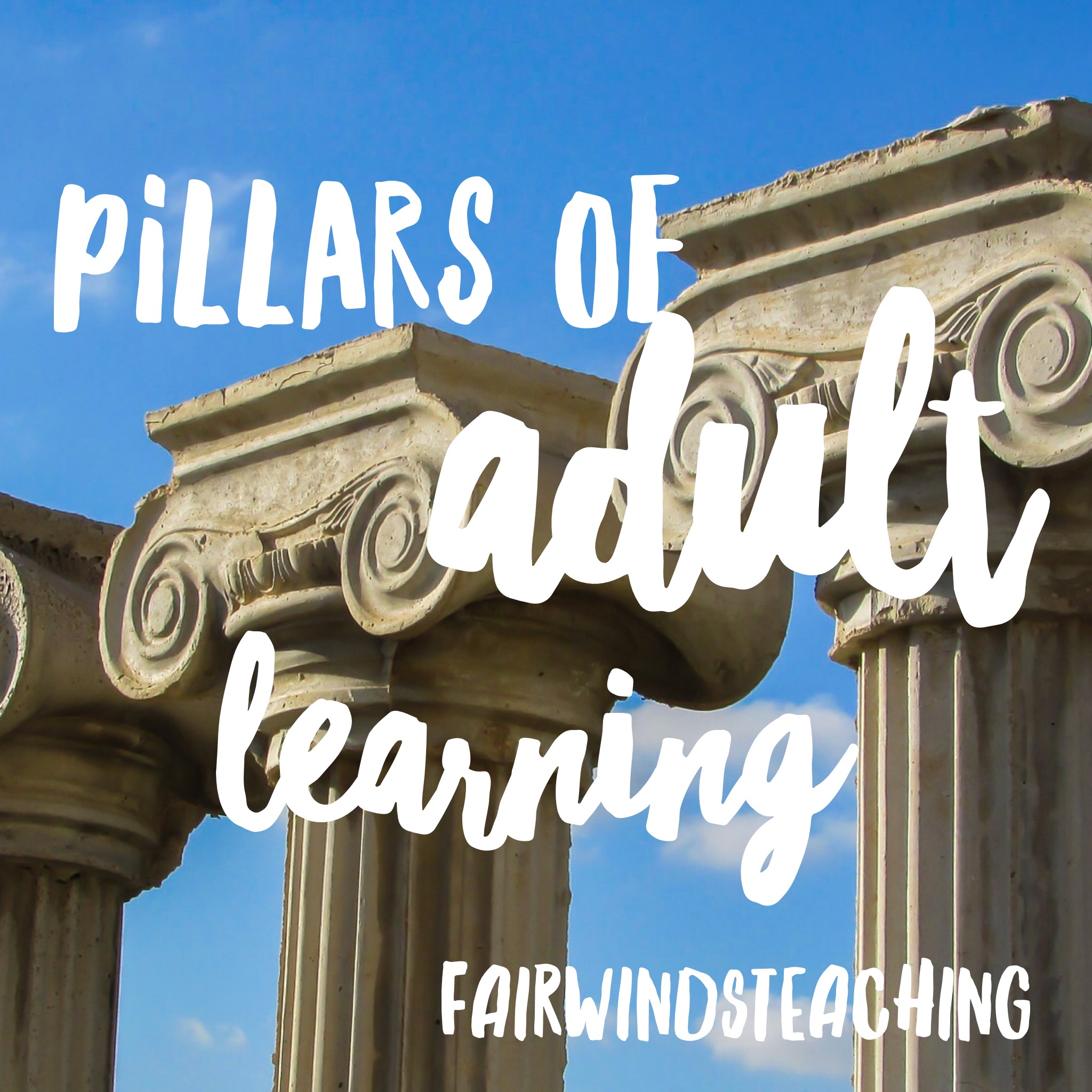Andragogy and Self-Directed Learning: Pillars of Adult Learning Theory
Constructing understanding of the peers (adult learners) you are about to train is very important for many reasons. It requires for the facilitator to understand both cognitive and metacognitive elements for themselves and the people they are teaching. You must be able to teach them to “think about thinking”. If a person knows their metacognitive skills they will be able to understand how and why they learn best. They will be able to think through a problem or learning task. In doing this, the adult learner would be able to pick appropriate strategies, and make decisions about how to perform the task in the most efficient way. After they are able to fully understand how to monitor their own learning, the task at hand will be easier to complete.
Just as we do with our younger students, during a training we should be teaching our adult learners to be asking questions about what they are reading and how to properly take notes during the training so that they may go back and successfully be able to complete the task at hand at a later date. The training should be able to be done without you around, the directions should be clear and you should have multiple ways for the students to get the information (text, videos, direction sheets, hands on, etc.). I always use a training handout with all the resources listed for them, there is also a place for them to jot down some notes. This way the adult learner will be able to pick the selected means of learning that best fits them. Another way to be successful in facilitating a training is to have the learner work together to create thought webs or to brainstorm ideas with each other.
I focused on the adult learning theory of Andragogy. I learned that adult learners have the need to know why they are learning something and they also learn by doing. When facilitating a training you should be making your adult learners feel accepted, respected, and supported in multiple different ways. I would make sure the adult learners in my training know that I respect the time they are spending in class and completing work. I also support them with multiple different resources available for them. I will also show the learner that I know they have other parts of their lives that are going on and that I am flexible with how and when assignments are being turned in or worked on. I will be open with due dates and office hours so that I am available to my learners. I think it is important to understand the differences between adult learners and the students in our classroom.
Merriam, S. B. (2001). Andragogy and Self-Directed Learning: Pillars of Adult Learning Theory.New Directions For Adult And Continuing Education, (89), 3-13.










